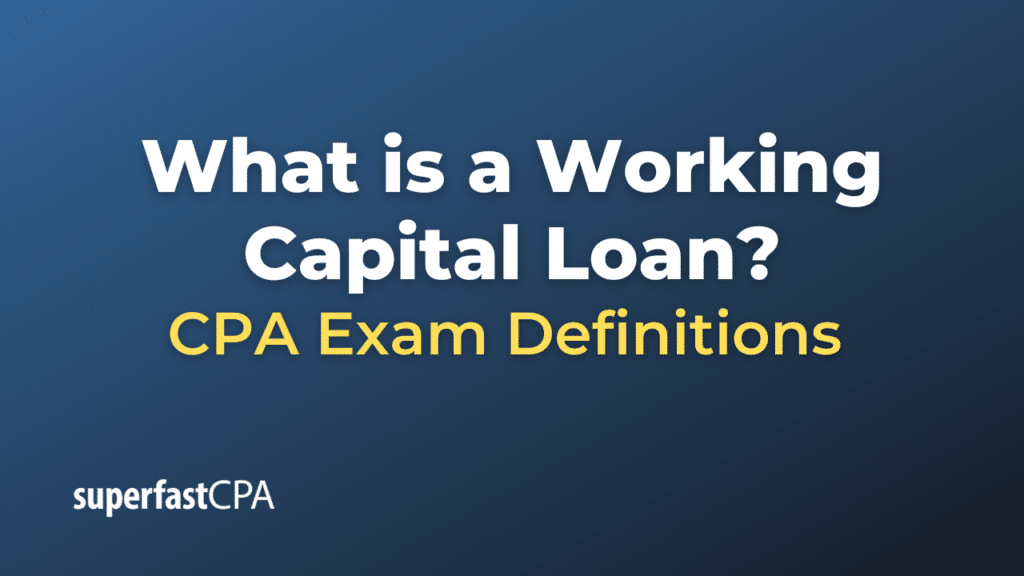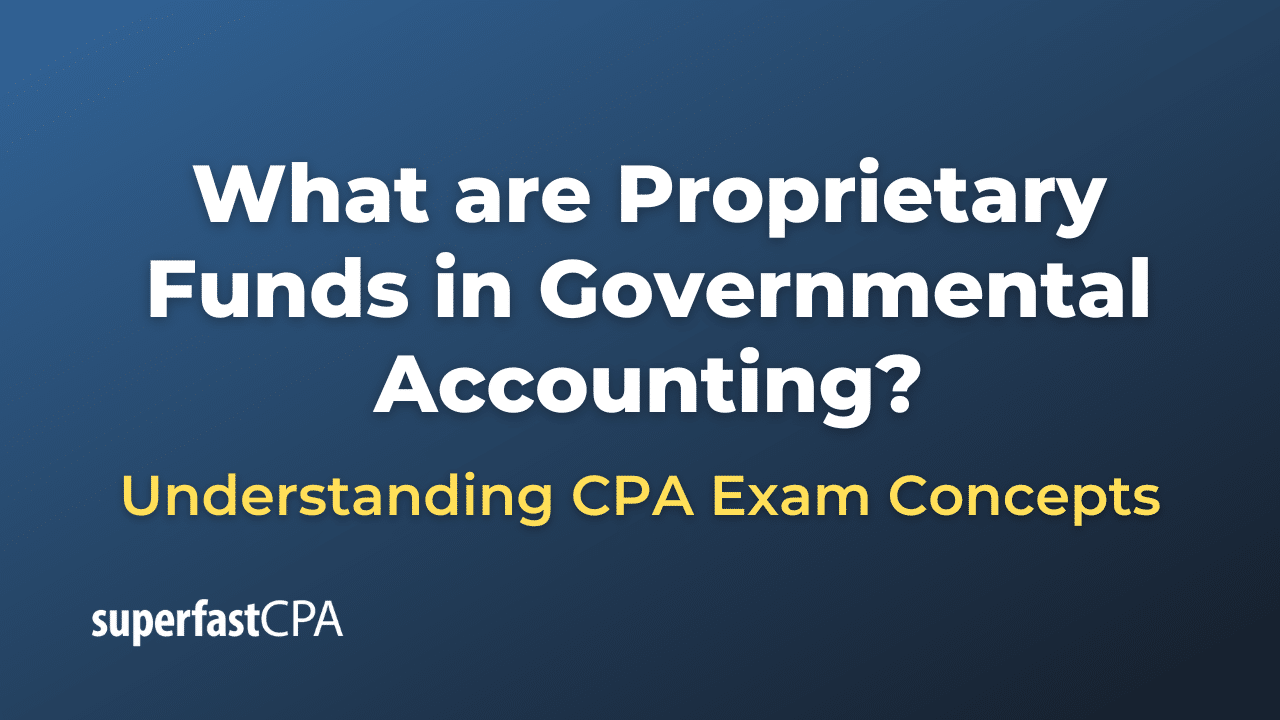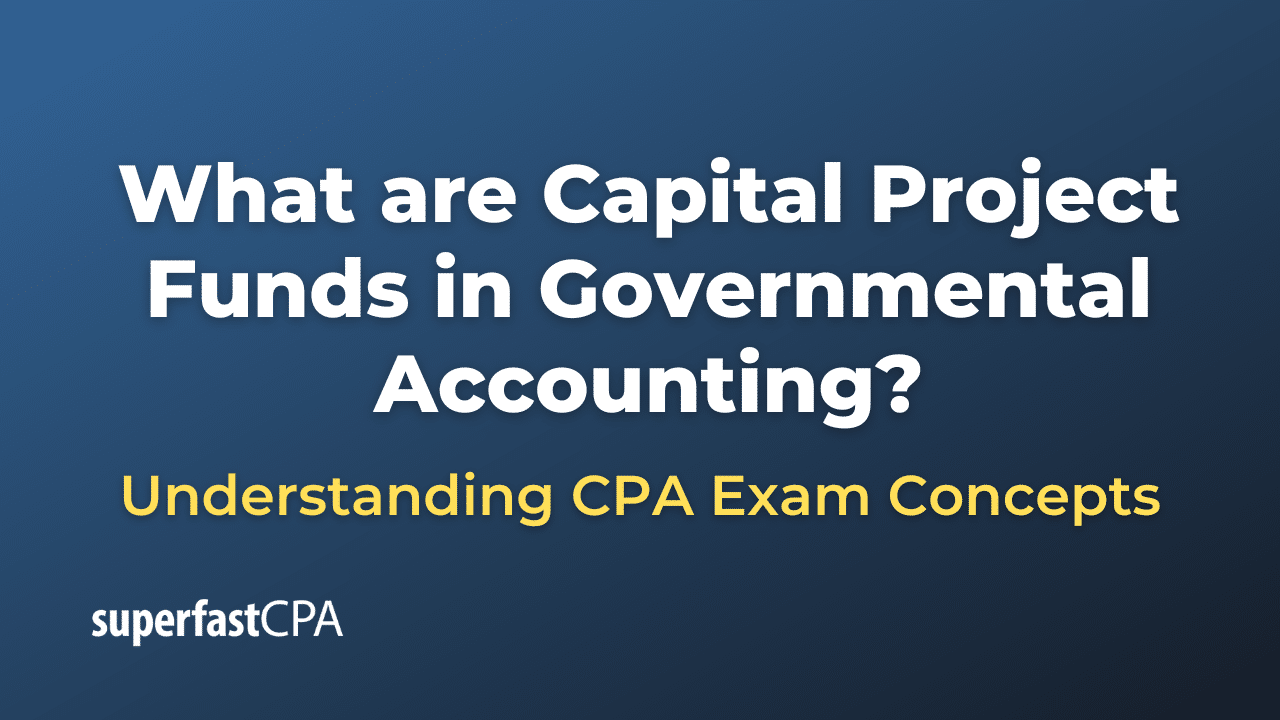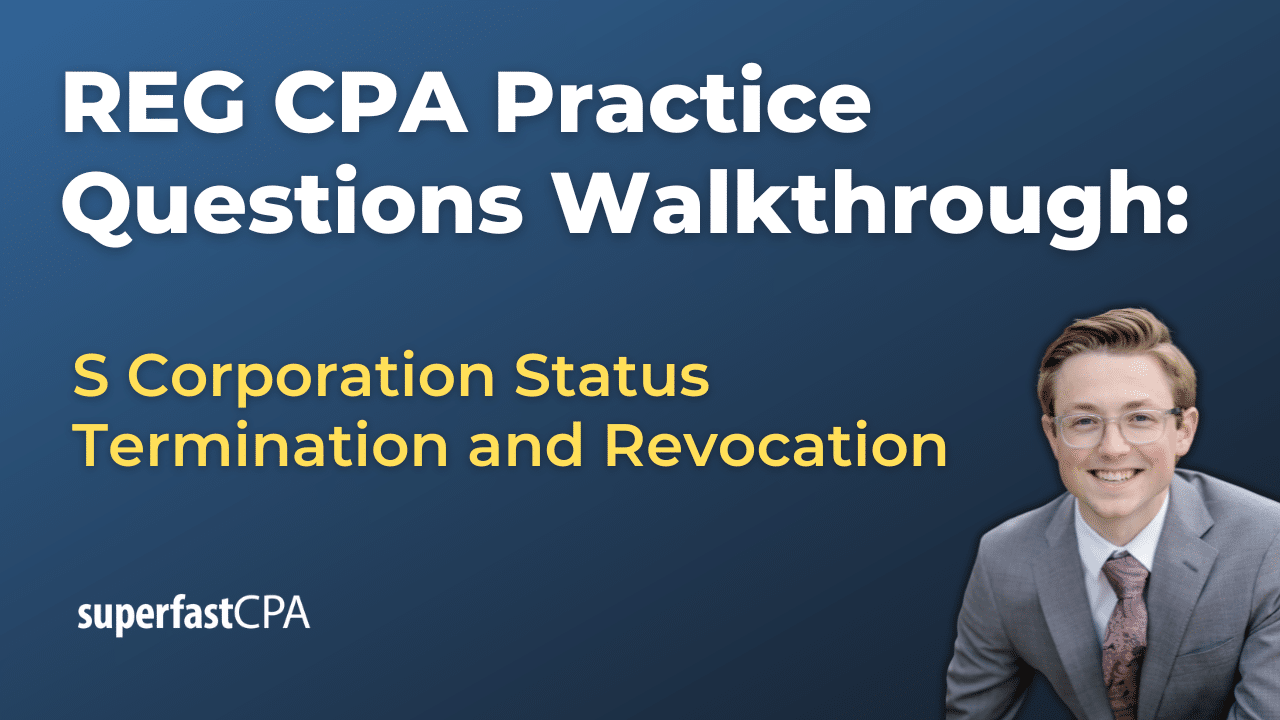Working Capital Loan
A working capital loan is a loan specifically used by businesses to finance their day-to-day operational needs. Unlike long-term loans that are often used for capital expenditures like purchasing machinery or real estate, working capital loans are short-term financing options that help a business cover daily expenses such as payroll, rent, utilities, and inventory. These loans are not meant for buying long-term assets or for investment; they are designed to provide a quick cash flow boost to help businesses maintain operational continuity.
Types of Working Capital Loans:
- Term Loans: Traditional loans with a predetermined repayment schedule. They can be secured or unsecured.
- Line of Credit: A revolving credit facility that allows businesses to draw, repay, and redraw funds up to a certain limit as needed.
- Invoice Financing: Allows businesses to borrow against their unpaid invoices. The lender will typically advance a percentage of the invoice amount, and the remaining amount (less fees) is provided once the invoice is paid by the customer.
- Merchant Cash Advances: Businesses receive a lump sum amount in exchange for a percentage of future credit card sales.
- Trade Credit: Suppliers may extend credit terms to trusted clients, effectively acting as a short-term loan.
- Short-Term Business Loans: These are similar to term loans but have a shorter repayment period, often less than a year.
Advantages:
- Quick Access to Funds: Working capital loans are usually processed faster than traditional loans.
- No Equity Dilution: Unlike raising capital from investors, these loans don’t require giving up any ownership stake in the business.
- Flexible Terms: Many types of working capital loans offer flexibility in terms of usage and repayment.
Disadvantages:
- High-Interest Rates: Some forms of working capital loans, like merchant cash advances, can have very high-interest rates.
- Debt Accumulation: Mismanagement of these loans can lead to a cycle of debt.
- Short Repayment Periods: Due to their nature, these loans often have shorter repayment periods, requiring businesses to manage their cash flows efficiently.
Eligibility:
Lenders consider a variety of factors when assessing eligibility for a working capital loan, such as:
- Business credit score
- Revenue and profitability metrics
- Operational history
- Cash flow statements
Working capital loans can be a lifesaver for businesses facing cash flow issues, but they also come with risks. Therefore, businesses should conduct a thorough assessment of their financial health and future revenue prospects before taking out such a loan.
Example of a Working Capital Loan
Let’s consider a fictional example of a retail clothing store named “StyleNest.” The store has been in business for a few years and is generally profitable. However, it faces a seasonal lull during the summer months, resulting in cash flow issues. StyleNest needs to pay its employees, cover rent, and manage other operating expenses, but the reduced sales during the summer make this difficult.
Financial Situation:
- Current Assets: $50,000
- Current Liabilities: $40,000
- Seasonal Downturn Expected Revenue: $20,000/month
- Operational Expenses: $30,000/month
The Need for a Working Capital Loan:
With expenses outstripping revenue during the summer months, StyleNest anticipates a cash shortfall. While the store could cut costs, this would mean laying off employees or reducing inventory, which could affect long-term growth. Therefore, StyleNest decides to explore the option of a working capital loan to tide them over through the seasonal lull.
Loan Details:
- Loan Amount: $20,000
- Interest Rate: 8% (annual)
- Term: 6 months
- Repayment: Monthly installments
Advantages for StyleNest:
- Immediate Liquidity: The loan provides the necessary funds to cover operational costs, avoiding layoffs or other cutbacks.
- Business Continuity: With financial stability, the store can focus on strategies to boost sales and customer engagement during the slow period.
- Short-term Commitment: The loan is to be repaid in 6 months, coinciding with the period when StyleNest expects its sales to pick up again in the fall.
Risks:
- Interest Cost: The loan comes with an interest rate, adding to the store’s expenses.
- Repayment Obligation: Failure to repay as per the schedule could result in penalties and affect the business’s credit rating.
Outcome:
Assuming StyleNest manages the loan responsibly, pays its monthly installments, and sees an uptick in sales as expected in the fall, the working capital loan acts as a financial cushion. It allows the store to navigate the seasonal downturn without sacrificing its long-term growth prospects.
This example highlights how a working capital loan can serve as a strategic financial tool for businesses facing short-term cash flow challenges.














